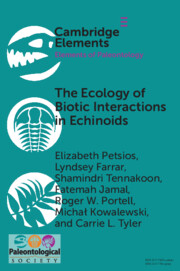The Late Cretaceous echinoid genus Echinogalerus König, 1825 is remarkably diverse in the Maastrichtian type area (SE Netherlands and adjacent parts of NE Belgium and western Germany). So far, five species have been recognised, namely E. belgicus (Lambert, 1898), E. minutus (Smiser, 1935), E. muelleri (Schlüter, 1902), E. pusillus Lambert, 1911 and E. vetschauensis (Schlüter, 1902), which occur from the base of the Lower Maastrichtian (E. belgicus, E. pusillus, E. muelleri) up to the K/T boundary (E. minutus). Echinogalerus muelleri, which has the longest stratigraphical range, is the most diverse, while E. pusillus is the smallest echinoid in the area, reaching maximum lengths of 4.5 mm. Comparisons with other species of Echinogalerus described in the literature have now led to the recognition of three tentative infrageneric alliances. It is argued that the ordinal position of Echinogalerus (Holectypoida or Cassiduloida) cannot be evaluated as long as many species are still insufficiently known and two genera, from the Maastrichtian of northern Germany and Denmark, intermediate between the two orders, remain undescribed.
